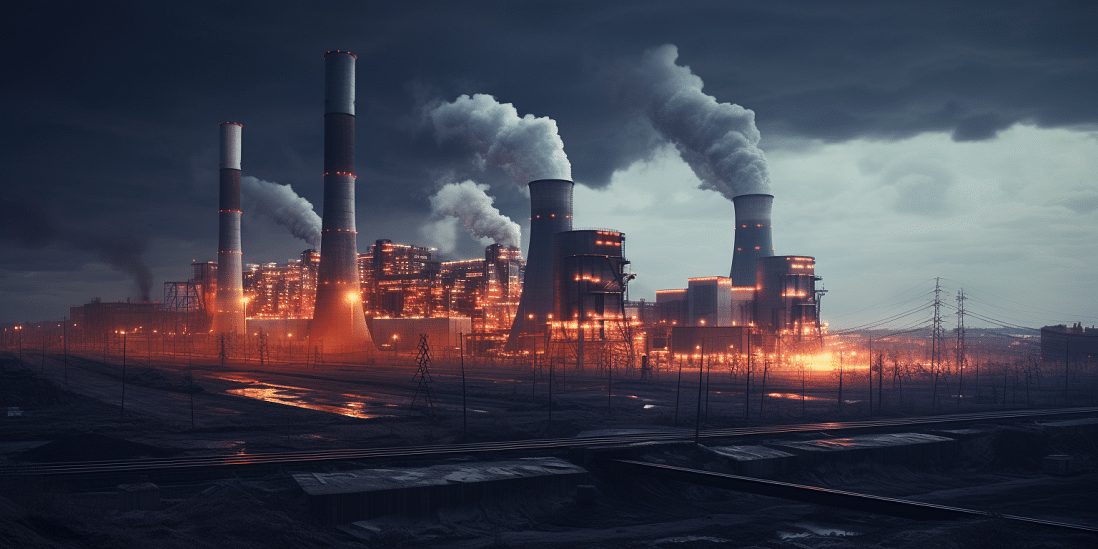
In today’s era of rapid technological progress, artificial intelligence (AI) stands at the forefront. Yet, as AI systems, especially those that generate content like ChatGPT, grow more advanced and prevalent, they’re also racking up an astonishing energy bill.
While it’s known that AI has a significant resource footprint, the scale of its demands is eye-opening. Imagine, for a moment, that the energy an AI uses in just 30 minutes could keep a small house powered for a whole year. This isn’t a scene from a sci-fi novel but a reality today. Such startling revelations have been substantiated by a study recently unveiled in the respected journal Joule.
The study paints a picture of a future where, by 2027, AI’s energy consumption could outstrip the annual electricity needs of entire countries. To put this in perspective, AI would be consuming more power than nations like the Netherlands, Argentina, or even Sweden. This projection isn’t merely based on the present-day usage but considers the exponential rise in AI adoption and utilisation we’ve been witnessing since 2022.
Why is AI such a power glutton? The answer lies in how these AI systems function. Generative AI technologies, such as ChatGPT, produce content by sifting through vast troves of data on which they’re trained. This process, termed ‘training’, is where the bulk of the energy goes. Training isn’t just about running the software; it’s a meticulous procedure where models are fed heaps of data to refine their outputs. As elucidated by Alex de Vries, a researcher from Vrije Universiteit Amsterdam, the training phase is particularly resource-intensive.
But what does this mean for the average individual? The increasing reliance on AI, while beneficial, comes with hidden costs. As these technologies find their way into various sectors, from healthcare to entertainment, their energy demands will be a crucial concern for policymakers and environmentalists.
Balancing the undeniable benefits of AI with its environmental footprint will be a significant challenge in the coming years.
While AI’s potential to revolutionise industries remains unmatched, it’s vital for us to recognise and address its escalating energy demands. Ensuring sustainable AI development is not just a technological challenge but a societal responsibility.
.thumbnailWrapper
width:6.62rem !important;
.alsoReadTitleImage
min-width: 81px !important;
min-height: 81px !important;
.alsoReadMainTitleText
font-size: 14px !important;
line-height: 20px !important;
.alsoReadHeadText
font-size: 24px !important;
line-height: 20px !important;











![Read more about the article [Funding alert] Short video app Chingari raises $15M in Series A extension round](https://blog.digitalsevaa.com/wp-content/uploads/2022/01/funding-alert-short-video-app-chingari-series-a-extension-roundptcevpvb2.gif; charset=utf-8)